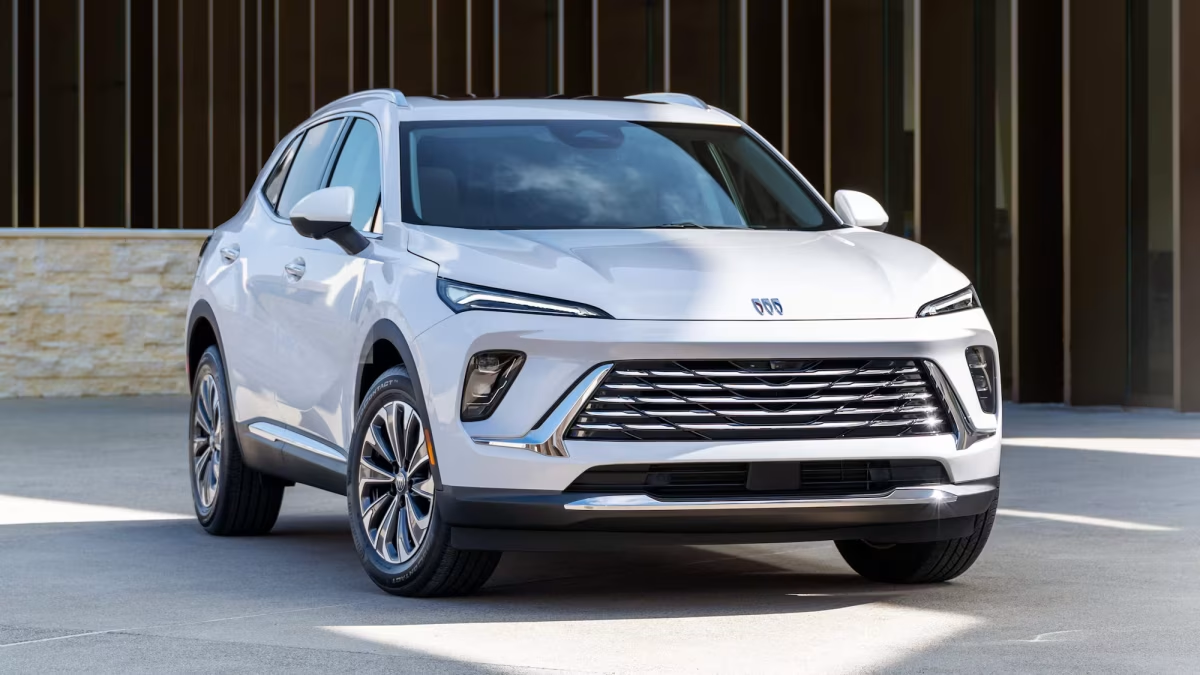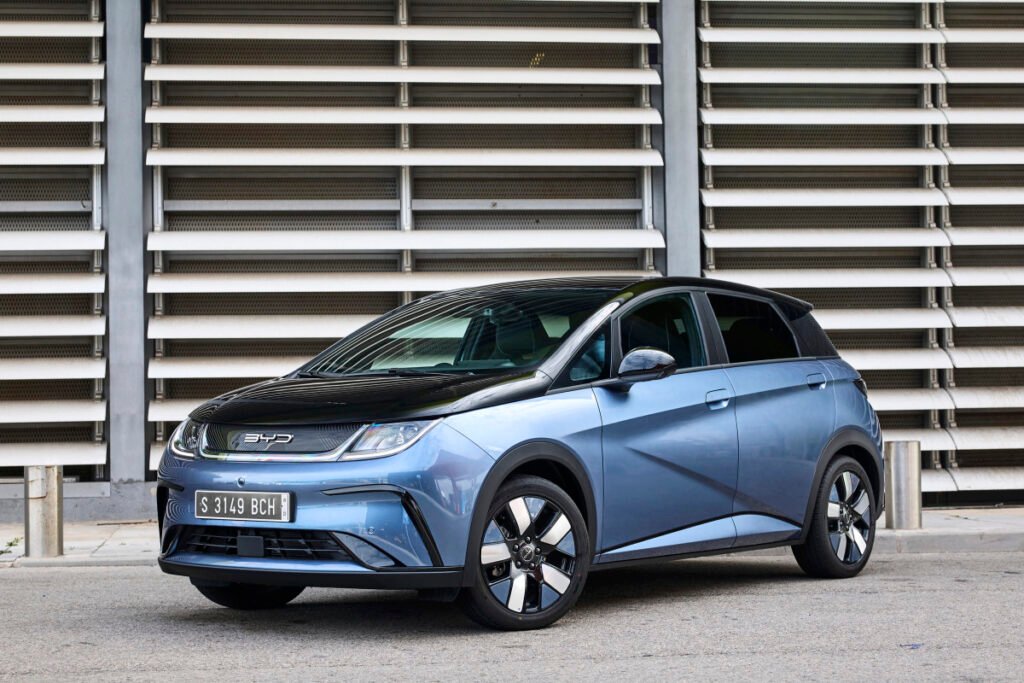
While they seldom saw things in the same light, one thing Presidents Joe Biden and Donald Trump agreed on was the need to block Chinese automakers from entering the U.S. market. In May 2024, Biden quadrupled tariffs on Chinese-made EVs, with Trump raising duties on all Chinese-made products a year later.
Getty Images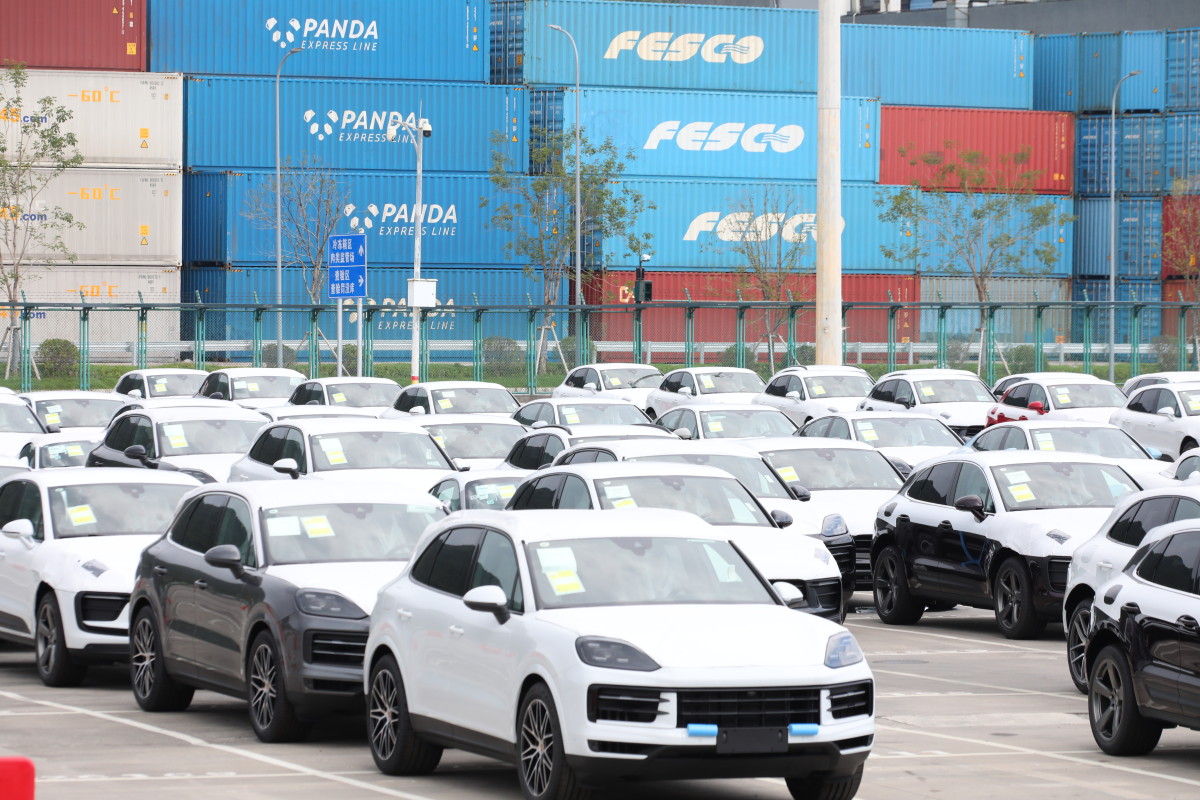
One only has to look to America’s southern border to see why Jim Farley, the CEO of Ford Motor Co., has described a potential assault by Chinese automakers on the U.S. market as an “existential threat.” Brands like BYD and Geely now make up 20% of the Mexican new vehicle market – and 30% of the imports there, In Europe, meanwhile, Chinese vehicles – almost all of them EVs – posted a 91% increase in sales over the last year.
Related: Mexico Just Raised Tariffs on Chinese Cars… and Washington Should Pay Attention
Despite the concerns of traditional automakers, and many economists, however, it now appears to be just a matter of time before Chinese manufacturers finally crack into the U.S., many industry watchers believe.
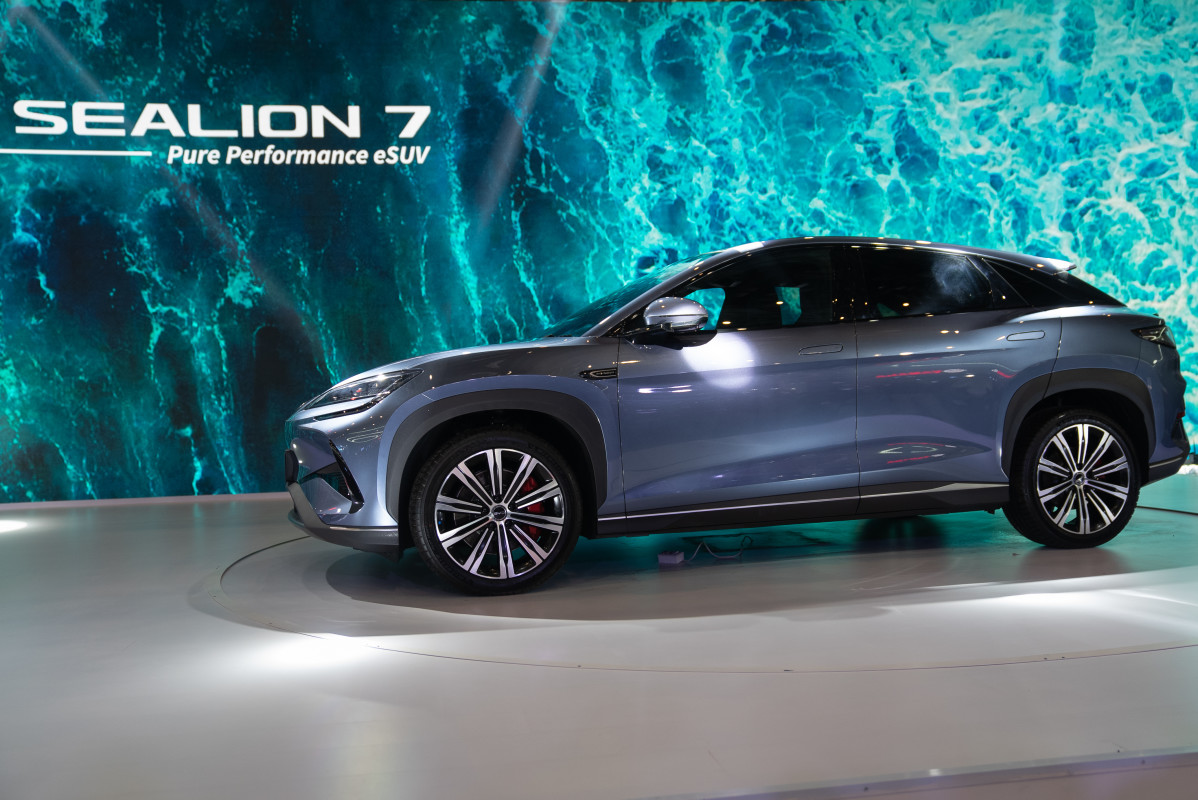
An Existential Threat
China is the world’s largest automotive market. Consumers there are expected to purchase about 32 million new cars, trucks and crossovers this year, according to the China Association of Automobile Manufacturers, or CAAM. Until a few years ago, that provided more than enough of an opportunity for automakers there to sell all they could build. But there’s now significant overcapacity, according to long-time Asian automotive analyst Michael Dunne. And that’s encouraging the industry there to find new outlets. At the beginning of the decade they collectively exported barely 1 million vehicles. This year, Chinese auto exports are on target to reach 7.5 million, said the head of Dunne Insights LLC.
That growth has come even while exporting only a handful of vehicles to the U.S. But Dunne questions how much longer the barriers will remain up – and what will happen when, rather than if, companies like BYD, Geely, Great Wall and others break through the great wall currently surrounding the U.S. “The threat is real and we can no longer afford to pretend it will go away,” Dunne told Autoblog.
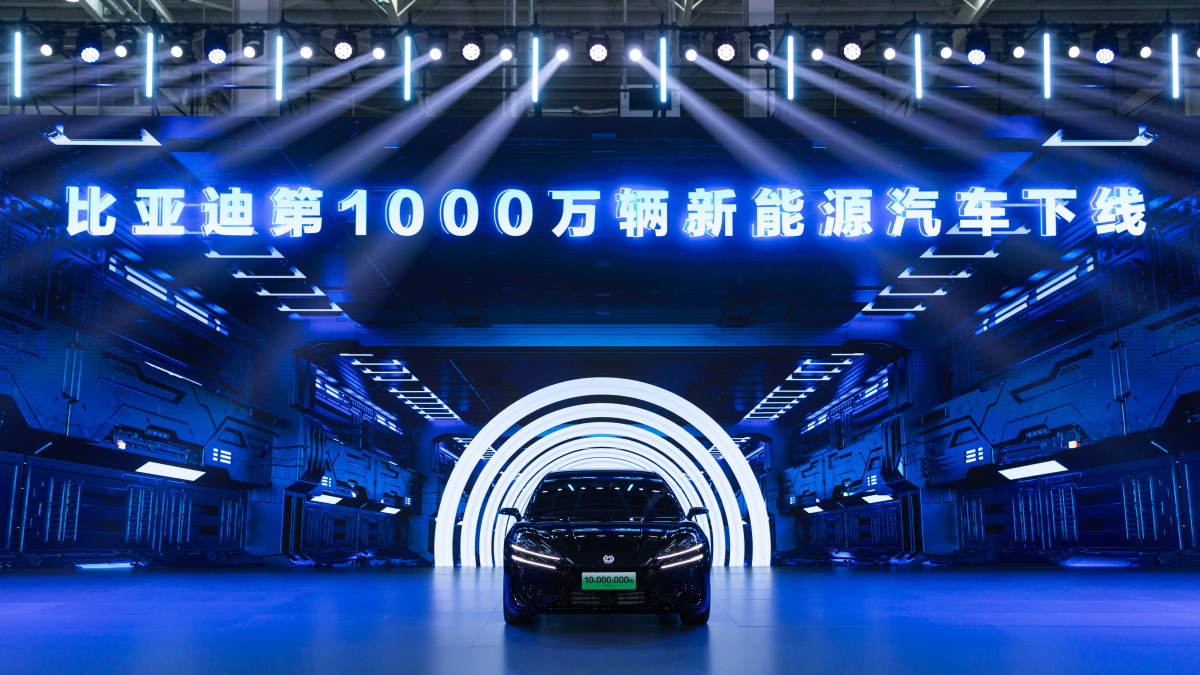
New Energy Vehicles
Until a few years ago, domestic Chinese brands were largely afterthoughts for China’s car buying masses who preferred foreign-owned marques like VW and Buick. Today, that’s flipped completely around, the domestics coming to increasingly control the market.
A key reason: their focus on the all-electric and plug-in hybrid models the Beijing government has promoted. These “New Energy Vehicles,” are expected to make up 48% of the Chinese market this year, according to CAAM. They make up an even larger share of China’s auto exports – EVs alone accounting for about 50% of foreign sales.
The EVs and PHEVs sold by traditional brands, such as Ford, Volkswagen, Toyota and Hyundai, carry substantial price premiums. Not so Chinese models. The BYD Dolphin Mini – a 5-door EV with a range of 190 miles – goes for MXN$358,000 south of the border, or just $21,000. And that includes a 16% value-added tax. The BYD Dolphin Surf exported to the European Union goes for as little as 19,990 euros, or $22,977, depending upon the national market. In a handful of countries, the BYD Seagull EV starts just over its Chinese price of $11,000.
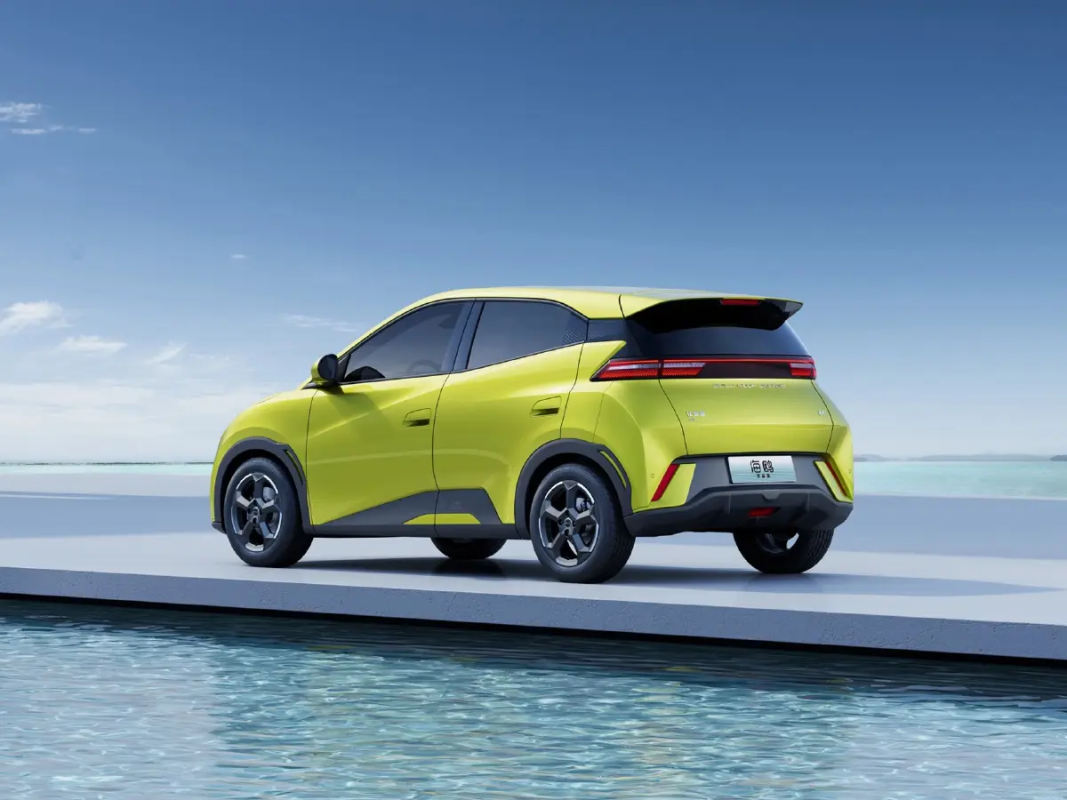
BYD
A Big Advantage
Exactly how the Chinese can undercut traditional automakers on price is a matter of debate. When it comes to electrified models critics contend, brands like BYD and Geely benefit from ties to Beijing and regional governments and benefit from subsidies, notably on raw materials used in batteries. In many cases, they also get free loans, free energy and other “systematic” benefits, said Dunne.
But that alone wouldn’t be enough. “The Chinese automotive industry (also) has a production capacity on a scale superior to that of competitors in other regions, and this gives them a competitive advantage,” said Guillermo Rosales, president of auto association AMDA. The Mexican auto industry’s trade association.
There’s another big advantage, adds Dunne. “I think the biggest threat is speed. It takes the Chinese 18 to 24 months to develop new vehicles,” where it can take two, even three times as long for traditional brands.
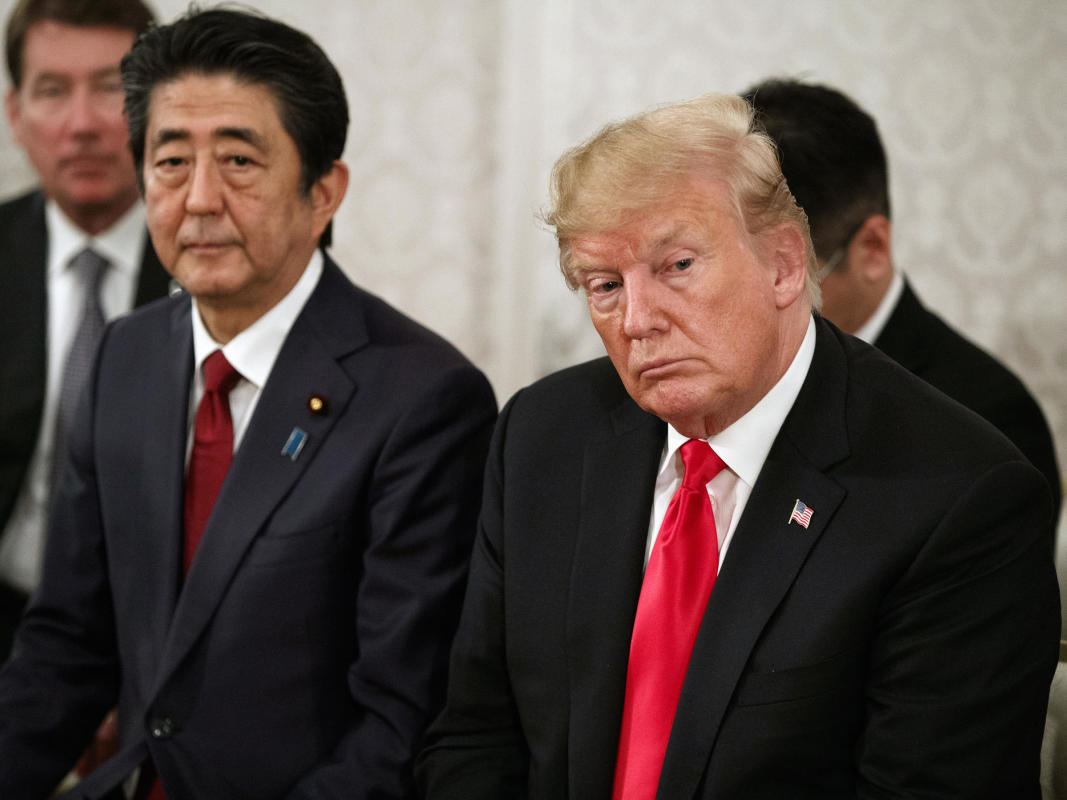
Cracking Open the U.S.
Of all the countries targeted by the Trump trade war, China has faced some of the toughest sanctions. Yet, even then, a handful of products sold by familiar brands are already here. These include the Buick Envision, Lincoln Nautilus, Polestar 2 and Volvo S90. Those vehicles do face hefty tariffs, especially the EVs, and the manufacturers have tried to adjust production plans accordingly. Volvo, for example, is shifting production of the little EX30 EV from China to Europe.
But with the Trump administration pressing for a trade agreement, many observers believe an eventual deal will open things up to Chinese automakers. “They’ll ultimately be getting here,” forecast Terry Woychowski, a veteran auto executive now serving as president of consulting firm Caresoft Global.
“I totally agree,” said John Casesa, a Wall Street veteran, former group vice president of global strategy at Ford Motor Co., and now senior managing director at Guggenheim Partners. The question is in what form. Casesa told Autoblog he expects to see any trade deal slash the tariffs on Chinese vehicles – especially the 100% duties on EVs. But he also expects Chinese manufacturers will be required to invest in American manufacturing. And, in that case, they might face the same restrictions foreign carmakers must meet in China. “It would make all the sense in the world they will be required to set up joint ventures” with traditional manufacturers. They could leverage existing relationships with companies like General Motors, Ford and others.
Americans Are Ready to Buy Chinese Vehicles
What worries traditional manufacturers most is the likelihood that American motorists will readily embrace Chinese vehicles – especially if they can deliver affordable EVs and PHEVs. A study released earlier this year by AutoPacific, Inc. found 57% of those under 40 years of age who are either now in-market or soon planning to look for a vehicle would seriously consider a Chinese brand.
That varies by age, noted the research firm’s CEO Ed Kim, and “goes down with each 10-year age break.” For those in their 40s it’s 45%, while 31% of those in their 50s would consider going with a Chinese vehicle. Among those in their 60s, he said, “It plummets down to 15%, and then 9% for those in their 60s.”
The bottom line, said Casesa, is that at a time when the typical new vehicle sold in the U.S. costs about $50,000 – and with EVs coming in closer to $60,000 – “there will b a lot of demand for lower priced cars.” That, he and other observers agree, could pose the “existential threat” to existing manufacturers who can’t find a way to speed up product development and cut costs enough to compete.
